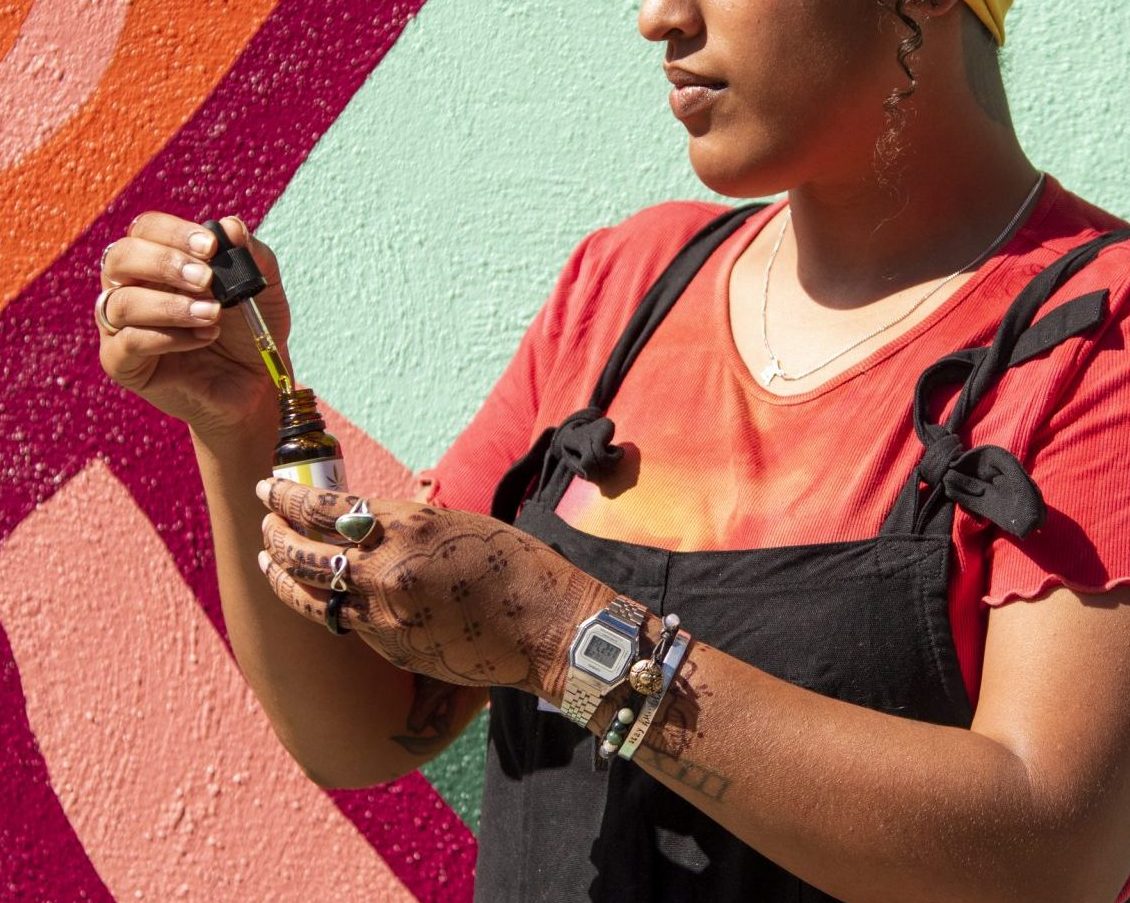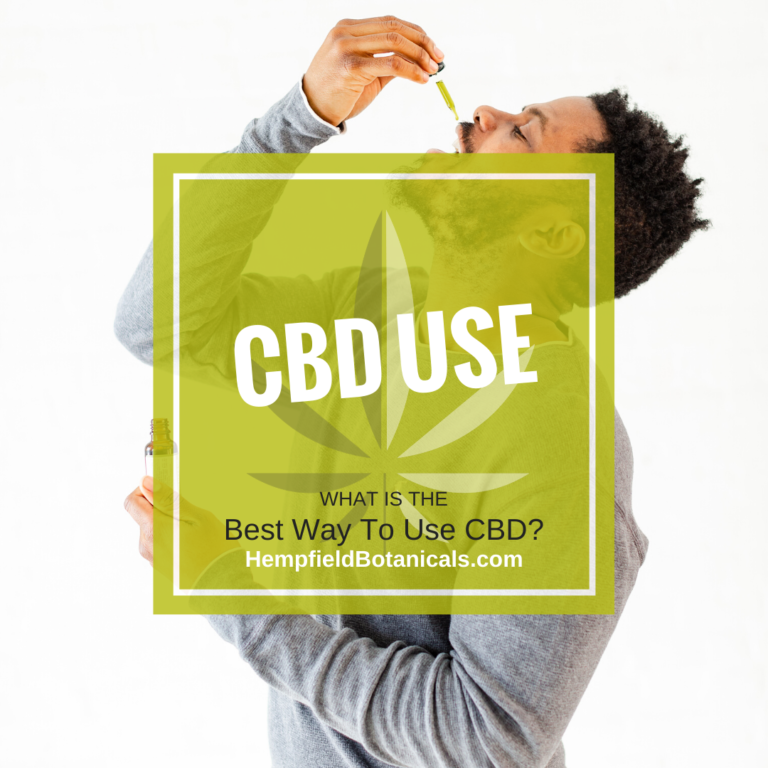
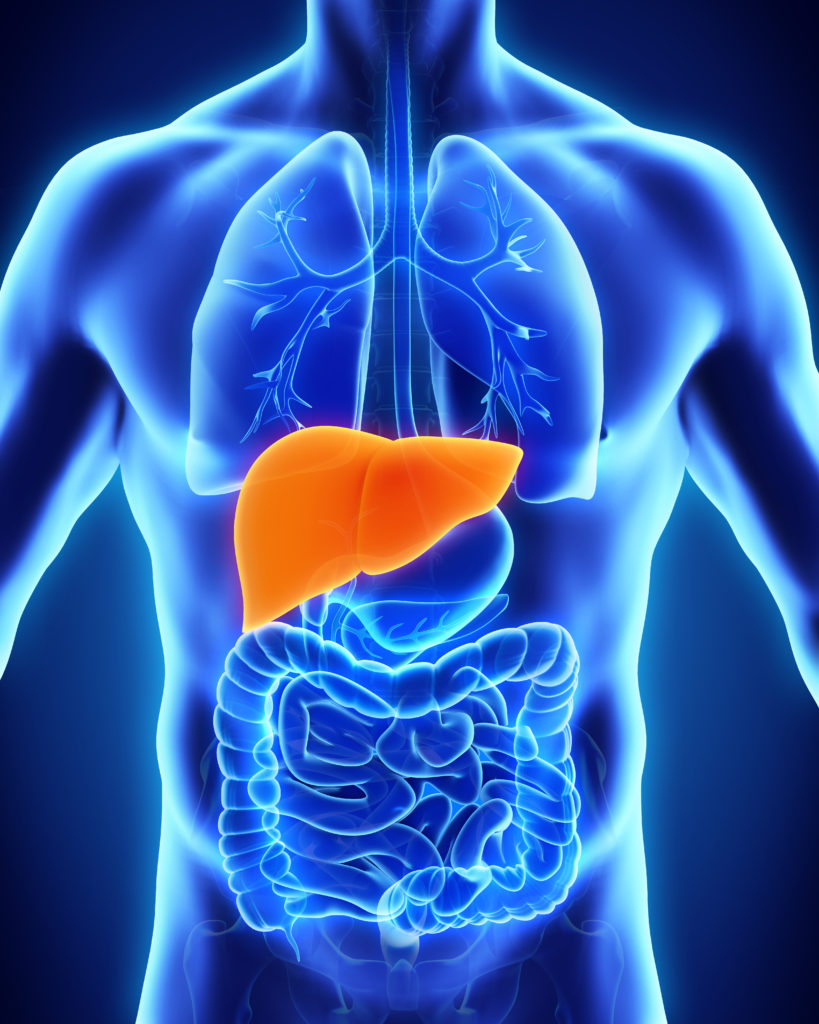
Bioavailability of cannabinoids, like cannabidiol (CBD) is such a hot topic in the world of cannabis right now. Bioavailability refers to a substance’s absorption rate, the proportion of it that enters your bloodstream when introduced into your body.
A substance’s bioavailability informs its “onset of action” — the duration it takes for the substance to enter your circulation after you administer it, and have an active effect on your body.
One of the top questions we get asked on a regular basis is, “What is the best way to use or take CBD?” This translates to, “What way of using or taking CBD will allow me to feel its effects the quickest?”
Have you wondered if some routes are better than others? Below we’ll discuss our favorite way to take CBD, and why. But first, let’s finish breaking down a few more terms that you should be familiar with. Side note: Bear with me, because the nurse in me is a huge science nerd!
- Duration is the length of time that particular substance is effective in your body.
- Sublingual administration involves placing a substance under your tongue, where the gland and tissue there allow it to absorb into your blood.
- Buccal administration involves placing a substance between your gums and cheeks, where it is absorbed into your blood again via glands and tissue.
- Topical products (like creams, lotions, foams, gels, and ointments) are applied to your body on surfaces, such as the skin or mucous membranes.
- Oral / edible substances are taken through the mouth and must pass through the digestive system, including the liver.
Bioavailability & First Pass Metabolism
Many factors influence the bioavailability of a substance: some are related to the traits of the substance itself, while others relate to the individual biology or the route of administration.
Low absorption rates are due to a phenomenon called first pass metabolism, or presystemic metabolism. This phenomenon occurs when the concentration of a drug or supplement is greatly reduced before it can achieve systemic circulation.
To overcome poor bioavailability, we have three options: we can increase the dose, change the formulation, or use a different route of administration.
But which route is the best when using CBD?
Unless you are willing and able to inhale cannabis flowers through a dry herb vaporizer (such as our favorite brand, Arizer ArGo), by combustion (e.g., smoking), or by using a nasal spray, the next best route is sublingual oils.
Why Sublingual CBD?
Do you know that when you take oral cannabinoids, like cannabidiol (CBD), you lose up to 94% of what you consumed? That’s right. When you swallow that expensive CBD gummy, tincture, capsule, water, coffee, or edible treat, you absorb as little as 6% of the total CBD concentration. For example, if you eat a 25-milligram gummy, you’ll absorb approximately 1.5 milligrams of CBD. That’s a lot of hard-earned money going right down the drain (literally!).
Gummies and capsules remain a good option for some people, though. For example, those with an aversion to the earthy taste of cannabinoid oils — including individuals going through chemotherapy and suffering from nausea or a young child who runs at the mere sight of medicine. Just keep in mind that with these methods, more of the substance will be needed to achieve an effective, therapeutic dose.
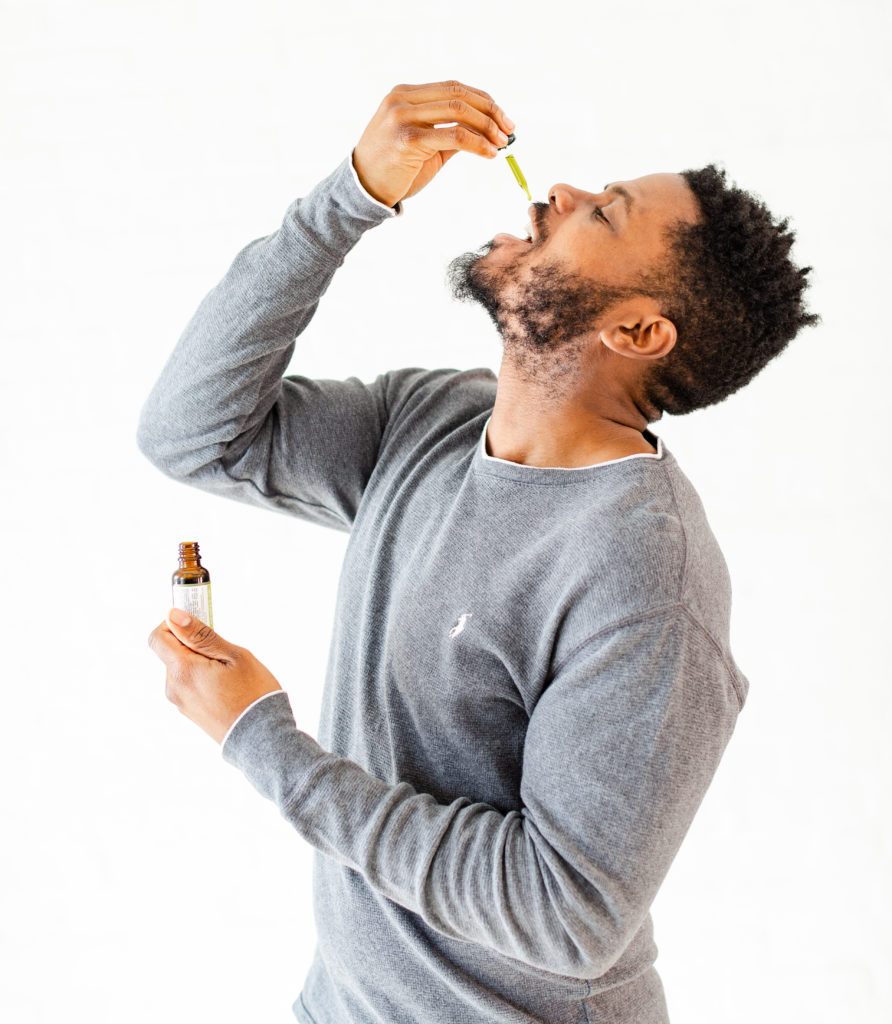
Topical, Transdermal, Intranasal Oh My!
There are numerous other ways, with various rates of bioavailability, to incorporate CBD into your life. Below is an infographic to help break down the various absorption rates of CBD based on the type of product. We also include the typical onset and duration of each administration method.
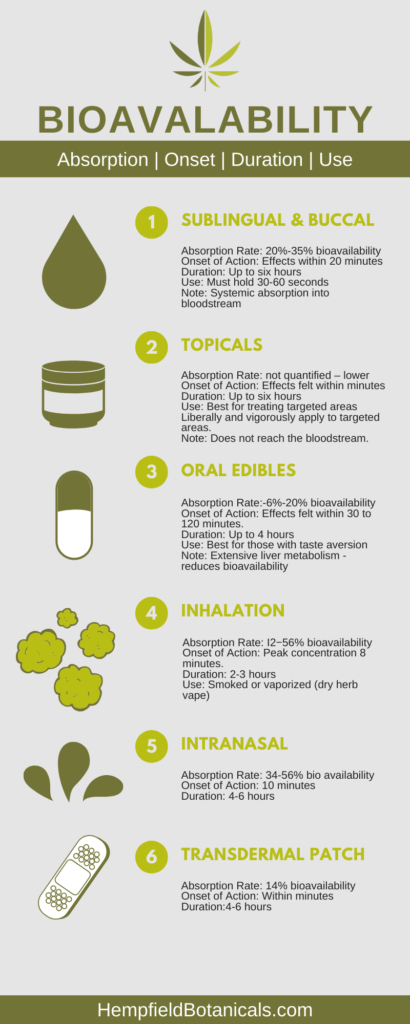
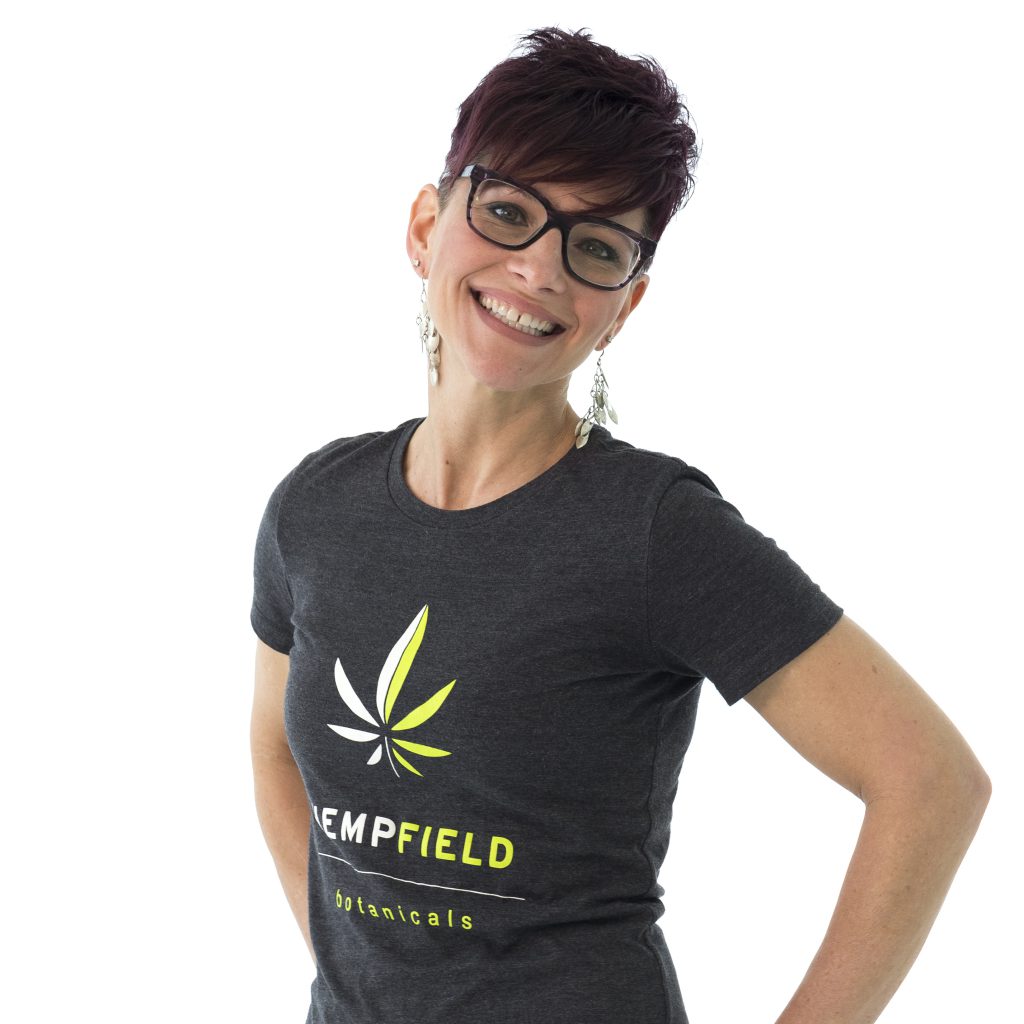
Do you have any CBD-realted questions? Let us know in the comments below.
Heather Kreider, R.N., L.E.

